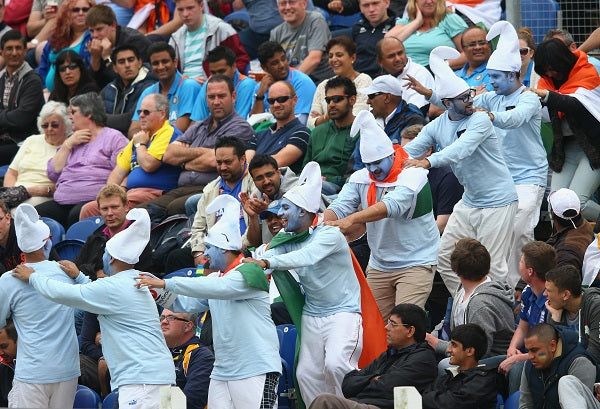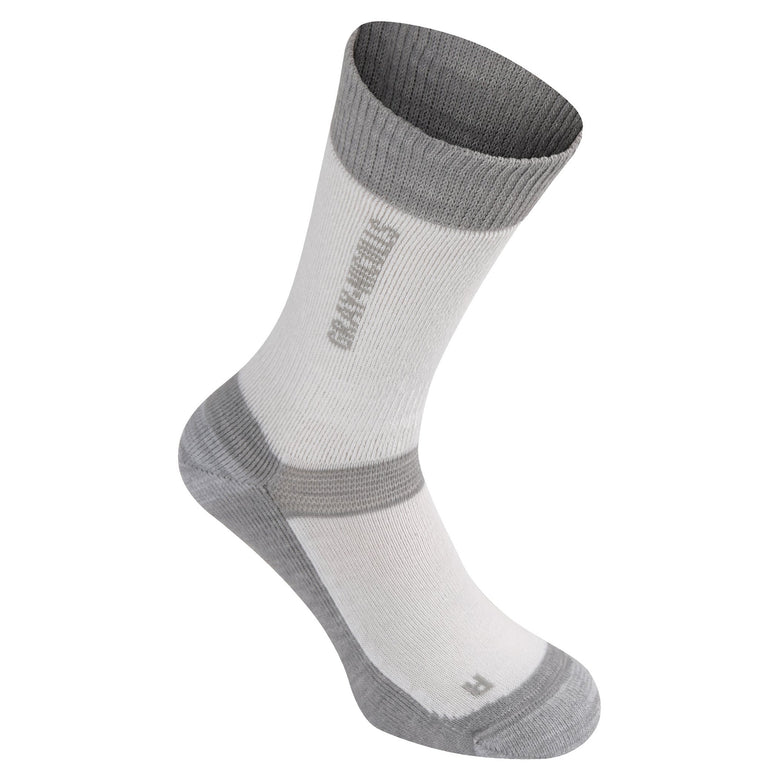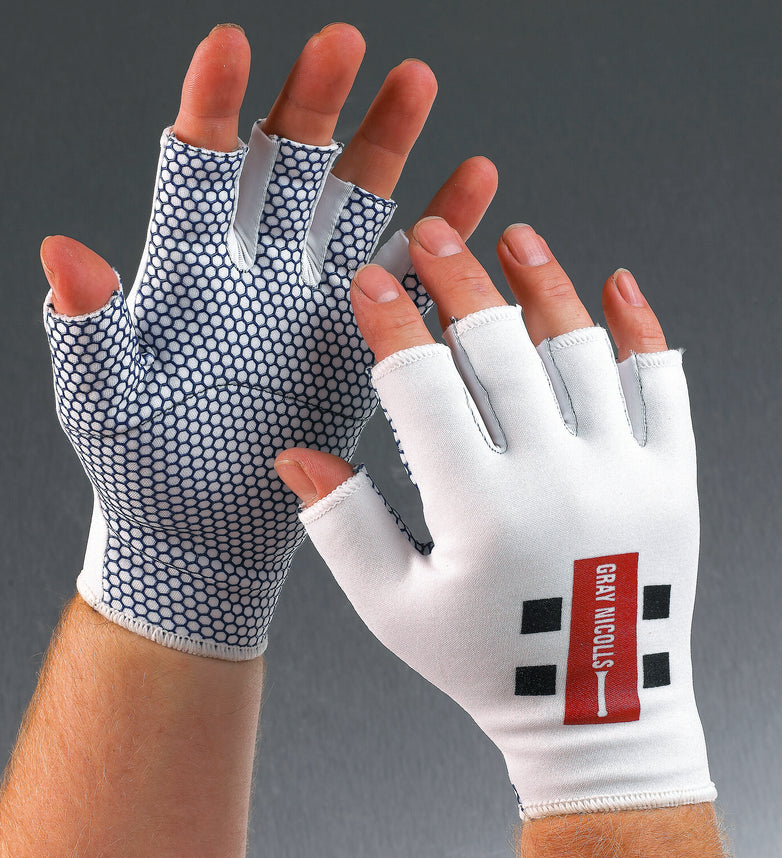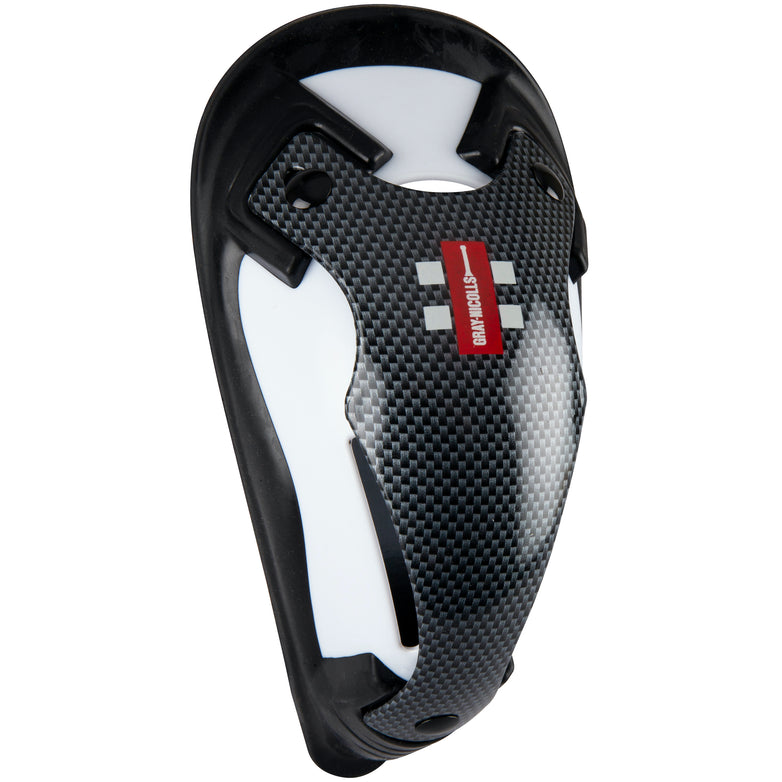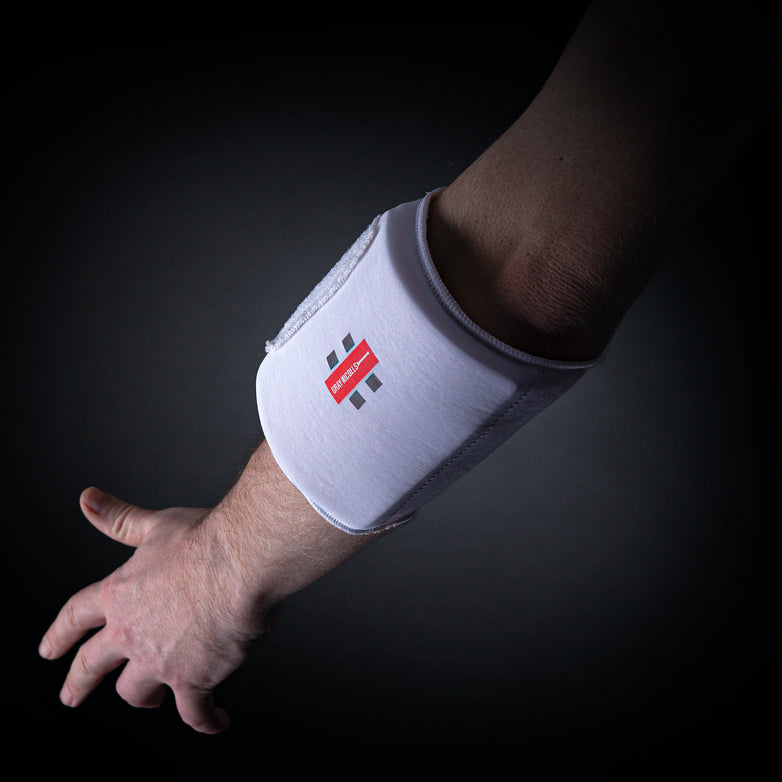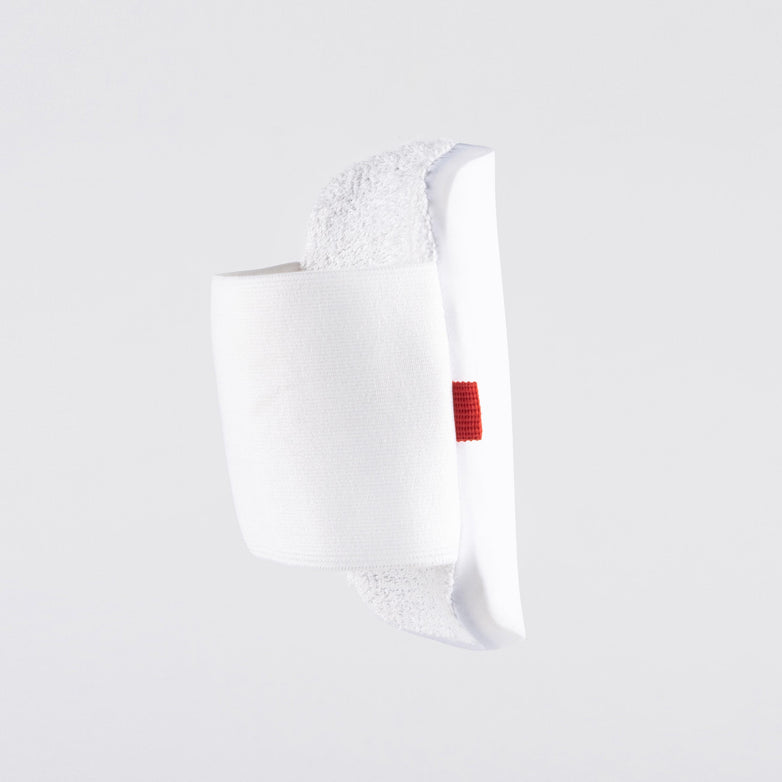Understanding Where Everyone Stands and Why It Matters
Introduction
Cricket isn’t just about batting and bowling! Fielding plays a massive role in shaping the game, and if you are young and just getting into the game, you’ll spend the majority of your criket life in the field.
If you’ve ever heard terms like “third man,” “silly mid-off,” or “deep square leg” and wondered what they mean, you’re not alone.
In this guide, we’ll break down the key fielding positions and explain their purpose. Whether you’re new to the game, helping a young player, or just want to sound like a pro in the next huddle, this a blog for you.
Fielding Positions (Grouped by Area)
Close Catching Positions (around the batter)
- Slip(s) – Positioned behind the batter on the off side to catch edges off fast bowlers. The wicketkeeper’s positioning will determine where you stand. Don’t lose concentraton – slip catches are rare!
- Gully – Squarer than slip, also for catching edges but normally from attacking shots. Beware – gully catches often absolutely fly.
- Leg Slip – Like slip, but on the leg side. You’d normally see a leg slip put in place when an off-spinner is turning the ball prodigiously, or a fast bowler is implementing short ball tactics.
- Silly Point – Very close on the off side, used for spin bowling to prevent batters just lunging at the ball defensively
- Short Leg – Very close on the leg side, for balls that pop-up off bat and pad
Gray-Nicolls Tip: Players fielding close in should always wear proper protection including abdo guard, shin pads and most certainly a helmet!
Inner Ring (saving one / run-saving zone)
- Point – Square on the off side, often agile and quick, historically the best fielders are positioned at point: Paul Collingwood, Jonty Rhodes and Andrew Symonds
- Cover – Between point and mid-off. This is a great position to field in – lots of diving, running around and the chance for run outs!
- Mid-Off – Rougly in line with where a fast bowler starts their run up on the off side – your job is to stop singles and intercept boundaries. Against spinners you are in the game for a catches.
- Mid-On – Mirror of mid-off, on the leg side.
- Midwicket – Leg-side, about halfway between square leg and mid-off. This is a key postion against spinners as you’ll often be the person running around saving singles.
- Square Leg – On the leg side, square with the batter. You decide which side of the umpire to stand, it could be crucial!

Boundary / Deep Fielders (run prevention & catches)
- Third Man – On the boundary between slips and gully. This is a real run saving position and one that can save a bowlers figures. There’s nothing more frustrating for a bowler than an edge going for four.
- Deep Point – Backward point on the boundary – came to the fore in 2005 Ashes series as England tried to stop Australia’s quick scoring.
- Long Off – On the boundary on the same line as mid-off. When a batter gets in, they’ll be looking to clear the ropes – this is definitely a catching position.
- Long On – Same as long off, but on the leg side.
- Deep Midwicket – Boundary fielder on leg side, a big hitting zone where you are right in the game for a catch!
- Deep Square Leg – Square on the leg side – often behind square – this a key psotion for spin bowling when batters are sweeping the ball. You’ll cover some ground patrolling the rope!
- Fine Leg – On the boundary behind between the wicketkeeper and deep square leg. Often in place for nudges off the hips or for parries by a ‘keeper.
Specialist Roles
- Wicketkeeper – Behind the stumps, gloves and pads, key for catches, stumpings, and run-outs.
- Bowler – Delivers the ball, becomes a fielder once it’s bowled.
Gray-Nicolls Wicketkeeping: Our world class wicketkeeping collection is rated as the best in the sport – take a look now and get the gloves and pads used by the best in the world.

Conclusion: Fielding – The Unsung Art of Cricket
Mastering fielding positions helps you read the game like a captain and appreciate the strategy behind each delivery. Every position has a purpose — whether it’s pressure, protection, or catching.
At Gray-Nicolls, we’re proud to support every cricketer on the field — from the keeper in the gloves to the long-on boundary rider. Explore our full range of fielding gear, shoes, and training equipment to elevate your game wherever you stand.
Gray-Nicolls Pro Tip: Fielders covering large ground need grip and agility — our Gray-Nicolls shoes are designed for speed, support, and turning on all surfaces.
What to read next: INSIDE THE GRAY-NICOLLS FACTORY: WHERE CRICKET BATS FOR THE BEST IN THE WORLD ARE BORN


























































